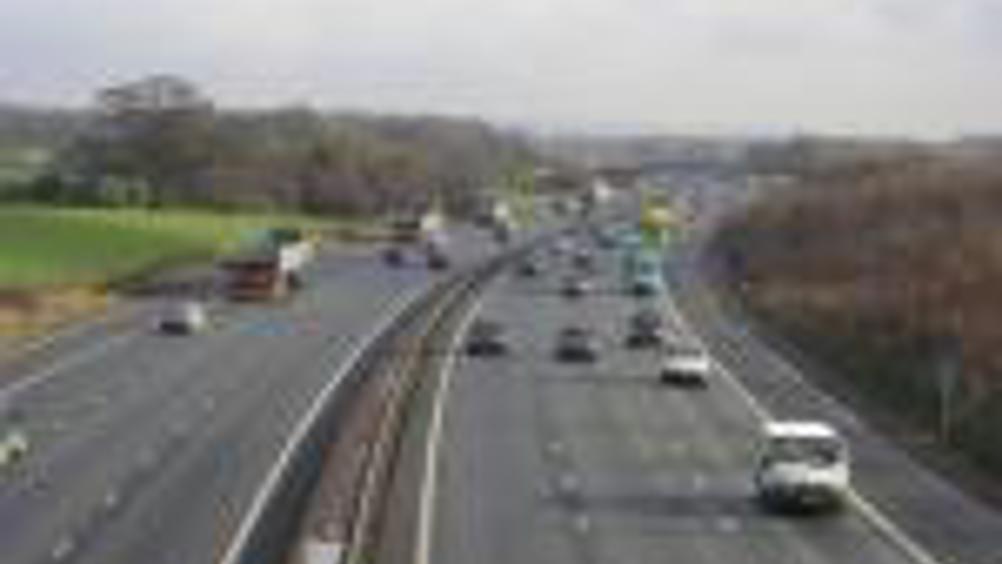Dis-stress message
Fibre-optic cables being embedded in the embankments of the M25 motorway in the UK will monitor strain, providing an early warning system of possible landslides.

An innovative monitoring technology that uses fibre-optic cables to measure strain in building foundations and road embankments is to be tested on the M25.
Researchers are installing around 10km of fibre-optic cable into the embankments that support a section of the motorway in a bid to develop an early-warning system of landslides. The same technology will also be used to measure the effect on buildings during construction of London’s proposed new Crossrail rail link.
The technique uses standard optical fibre coupled with sophisticated analysis technology, resulting in what is claimed to be a new type of strain measuring system with distinct advantages over comparable monitoring techniques. The Brillouin optical time domain reflectometer (BOTDR) analyses the light reflected along the cable.
The analyser, bought by Japanese technology group Yokogawa from telecommunications company NTT, provides information on both the location and the magnitude of the strain.
When the fibre is strained by movement of the earth that surrounds it, some of the light travelling along the cable is scattered back to its source. The frequency of the back-scattered light is altered by an amount proportional to the strain at the scattering location. After analysis, this provides a ‘strain profile’ along the full length of the fibre.
Register now to continue reading
Thanks for visiting The Engineer. You’ve now reached your monthly limit of premium content. Register for free to unlock unlimited access to all of our premium content, as well as the latest technology news, industry opinion and special reports.
Benefits of registering
-
In-depth insights and coverage of key emerging trends
-
Unrestricted access to special reports throughout the year
-
Daily technology news delivered straight to your inbox










BEAS funding available to help businesses cut energy costs
And not a moment too soon, if the following exchange broadcast last Friday 13th June, on the Radio 4 ´Rare Earth´ program (link below, ~ 17 minutes...